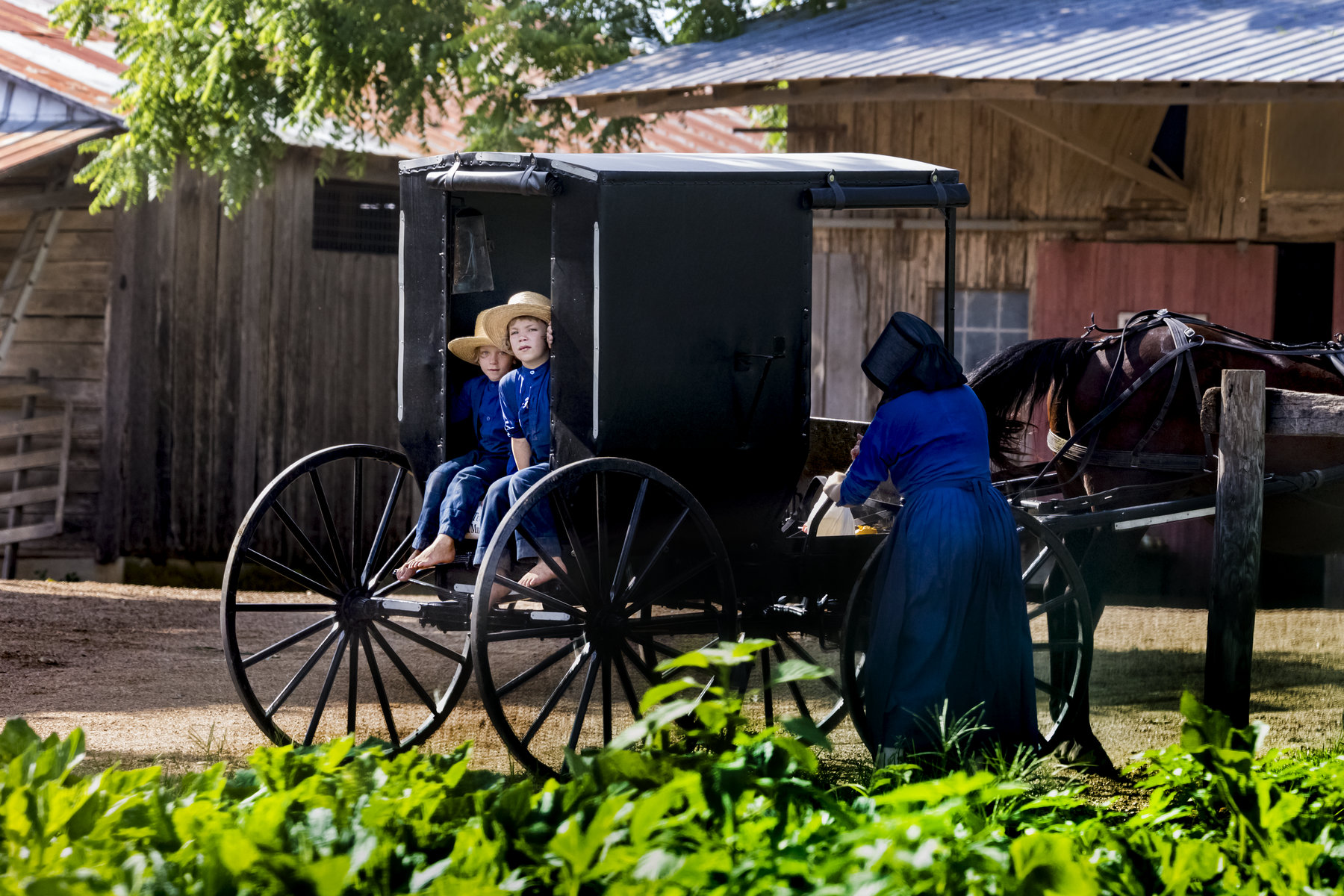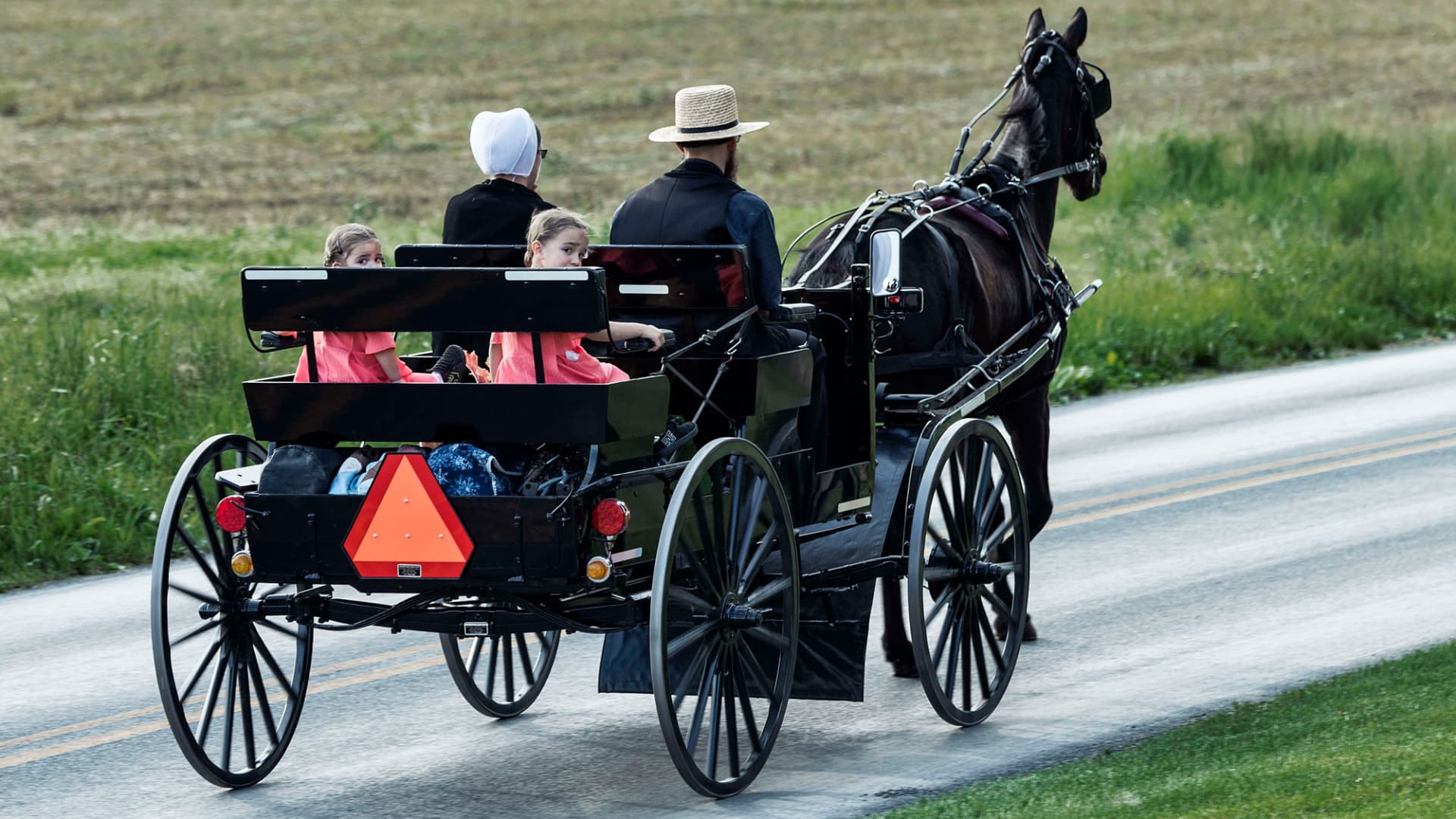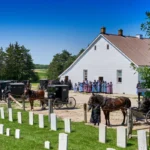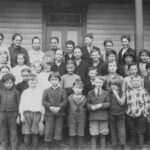Understanding the Migration of Amish Communities
The migration of Amish communities from Europe to America played a pivotal role in shaping their culture, lifestyle, and influence in rural regions. Seeking religious freedom and fertile land, Amish settlers left Switzerland, Germany, and Alsace in the 18th century. Their journey allowed them to preserve traditions while adapting to new environments. Understanding this migration provides insight into how Amish values, faith, and community have endured for centuries.
European Origins and Push Factors
Religious Persecution
Amish communities originated from the Anabaptist movement in Europe. Their beliefs in adult baptism, nonviolence, and separation from state authorities often conflicted with both Protestant and Catholic governments. This led to imprisonment, fines, and social exclusion, prompting families to consider emigration to secure religious freedom.
Economic and Social Pressures
Limited farmland, heavy taxation, and social restrictions in Switzerland, southern Germany, and Alsace created challenges for Amish families. Young couples and larger families struggled to sustain livelihoods, motivating migration to areas with more economic opportunities and agricultural potential.
Cultural Preservation
Facing external pressures, the Amish sought to preserve language, faith, and community customs. Migration offered a chance to maintain traditional clothing, farming practices, and educational structures without interference from secular authorities.
The Journey to America
Early Arrivals
Amish families began arriving in Pennsylvania in the early 1700s. The promise of religious tolerance under William Penn’s leadership and the availability of fertile farmland made Pennsylvania an ideal destination. Settlers traveled by ship and overland routes, often facing long, difficult journeys across the Atlantic.
Establishing Communities
Upon arrival, Amish settlers purchased farmland and built self-sufficient communities. They focused on agriculture, family cohesion, and faith-based living. One-room schoolhouses were established to teach reading, writing, arithmetic, and practical skills while preserving religious and cultural traditions.
Expansion to Other States
As populations grew, Amish families moved westward into Ohio, Indiana, and other states. This migration allowed for larger farms, reduced competition for resources, and continued adherence to traditional values in more isolated, rural areas.

Maintaining Traditions Through Migration
Language and Education
Amish communities preserved their native languages, including Pennsylvania Dutch and Swiss German dialects. Schools emphasized practical skills alongside academic learning, ensuring that cultural knowledge, faith, and craftsmanship were passed to the next generation.
Faith and Religious Practices
Religious observances remained central despite relocation. Sunday services, daily prayers, and community rituals reinforced identity, continuity, and communal cohesion. Faith guided decisions about land use, work, and social interactions.
Artisanal Skills and Self-Sufficiency
Migration did not compromise traditional skills. Amish families continued woodworking, quilting, baking, and farming using methods brought from Europe. These skills reinforced economic independence and preserved cultural heritage.
Modern-Day Amish Communities
Distribution Across States
Today, Amish communities thrive in Pennsylvania, Ohio, Indiana, and beyond. Many still rely on horse-drawn transportation, handcrafted tools, and manual farming techniques. These practices reflect continuity with historical roots while selectively adopting necessary modern technologies.
Cultural Impact
Amish communities have influenced regional agriculture, craftsmanship, and tourism. Visitors experience heritage through farm tours, craft workshops, and local markets, highlighting the lasting impact of migration on rural American culture.
Community Cohesion
Migration helped maintain community cohesion by allowing families to settle together in isolated areas. This reinforced social bonds, communal labor practices like barn raisings, and adherence to ethical and spiritual values.
Experiencing Amish Migration History
-
Heritage Museums: Learn about migration routes, early settlements, and European roots.
-
Farm Tours: Observe traditional farming techniques and community layouts.
-
Craft Workshops: Participate in woodworking, quilting, or baking that preserves European methods.
-
Guided Tours: Gain insight into the challenges, faith, and decisions that shaped Amish migration.
Conclusion
Understanding the migration of Amish communities reveals how faith, tradition, and resilience shaped their settlement in America. From religious persecution in Europe to establishing thriving communities in Pennsylvania, Ohio, and Indiana, the Amish preserved language, craftsmanship, and communal values across generations. Their migration story highlights the importance of cultural preservation, sustainable living, and community cohesion. Visitors can experience this history firsthand through heritage sites, farm tours, and cultural workshops, gaining insight into how Amish traditions have endured and continue to influence rural American life.



